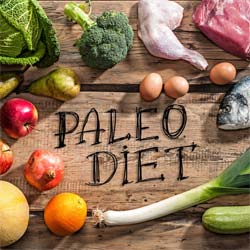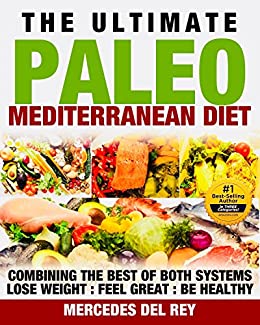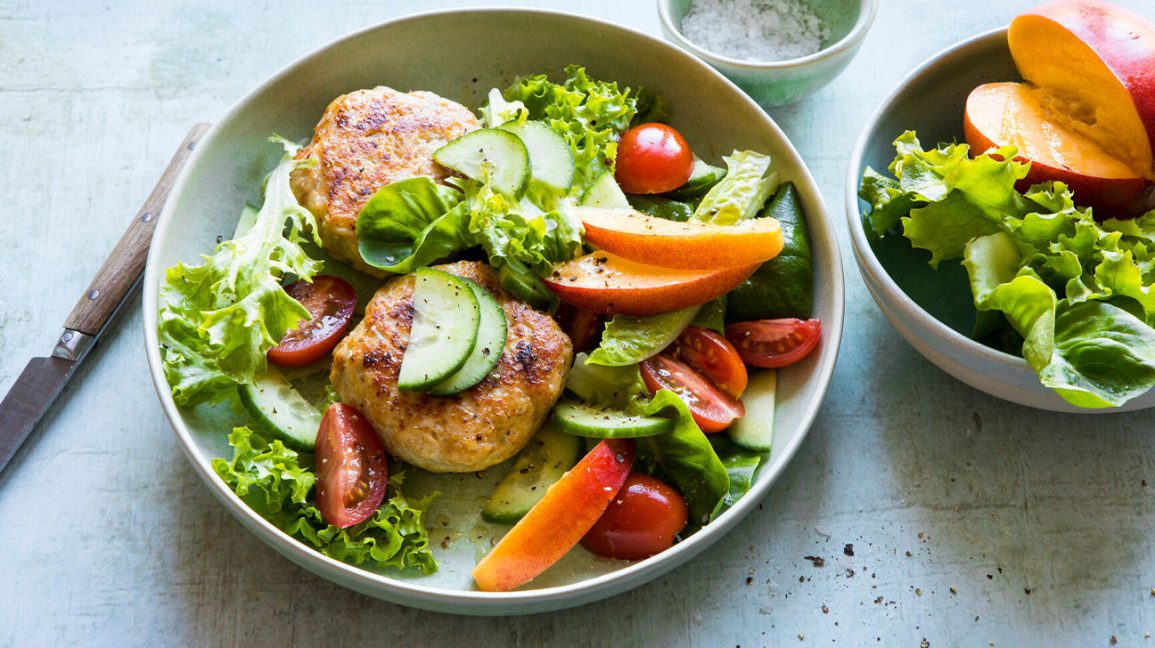
It is controversial to say whether Paleo can prevent heart disease. While the benefits of the diet are generally accepted, some studies show a link to a higher likelihood of developing heart disease. Researchers studied the effects of the diet on arterial distensibility and plasma insulin during an oral sugar tolerance test. They also examined the effect on total cholesterol, LDL, and triglycerides.
Increased chance of developing heart disease
A new study has found that Paleo can significantly increase levels of a blood-related biomarker for cardiovascular disease. Trimethylamine noxide or TMAO is a naturally occurring organic chemical that is made in the gut. A study of 44 Paleo-eaters and 47 Australians found that Paleo-eaters had higher levels TMAO. An increase in TMAO levels is associated with a greater risk of heart disease.
Researchers from four Australian institutions discovered that Paleo dieters had elevated levels in a compound which is linked to heart disease. Trimethylamine Noxide can be produced by bacteria in the intestine and is linked with the development or heart disease. Eating a Paleo diet is also known to lower levels of beneficial bacteria, but further studies will be necessary to determine the exact role that this reduced carbohydrate intake has on heart health.
An increase in the risk of inflammation
There is a connection between a Paleo diet and heart disease. Paleo dieters have higher levels Interlukin-10, which is a signaling chemical released by the immune cells. A low level of interlukin-10 may indicate a higher risk of developing heart disease. Research is still needed to verify the relationship between interlukin-10 and inflammation.

Paleo is a diet which omits grains, legumes and vegetable oils. It is an excellent base for many heart-healthy diets. However, it is high fat. It is high in saturated and trans fats and can be expensive. Some individuals cannot afford to follow the Paleo diet because it is so high in meat and dairy products. People with lower incomes might find it difficult to afford these meats.
Increased chance of kidney disease
Paleo is a popular diet among health enthusiasts, but there are some questions. The diet emphasizes meat, which is high in cholesterol. Paleo also discourages the intake of refined sugars which are full of empty calories. These sugars have been linked to obesity, heart disease and diabetes, according to research. The Paleo diet discourages legumes but encourages meat.
Paleo diets not only increase fiber intake, but they also help reduce waistline. A high level of fiber in the diet lowers cholesterol. Avoid eating egg yolks. High-quality protein is a better option for your kidney health than egg yolks. Drinking plenty of water also helps decrease protein levels in urine. However, the risk of kidney disease remains.
Women are at greater risk for heart disease
For many reasons, Paleo has been very popular. It has many heart-healthy benefits and is based on the Mediterranean and Nordic diets. The high intake of animal fat makes it high in saturated and/or trans fats. High beef intake is also associated with an increased risk of heart disease. Paleo isn't for everyone. Paleo can be costly for people with low income.
Studies show that saturated fats and cholesterol are not associated with an increased chance of heart disease in Paleo-eating women. Even though the Paleo diet reduces junk food intake, it doesn't cut down on saturated fat. Recent research on the nutritional links between heart disease and saturated fat found that there was not enough evidence to link saturated oil to heart disease. A paleo diet contains fewer vegetables than the standard diet but still includes plenty of fruits and vegetables.
Gut bacteria effects

A new study has shown that Paleo may have a lower risk of obesity and heart disease. In the study, researchers compared TMAO levels of Paleo-followers and non-paleo followers. A high-protein diet was associated with the growth of beneficial bacteria and a lower number of pathogenic microbes. High-protein diets are associated with increased risk for micronutrient deficiencies, poor gut health, and chronic diseases.
Researchers also found a strong association between TMAO levels as well as a person's diet. The study revealed that a higher intake meat-based protein like fish or meat increased TMAO levels. The participants' blood levels were almost twice the level of TMAO as the controls in the study. Researchers also discovered that vegans had lower TMAO levels compared to paleo-dieters. Researchers also discovered that participants taking carnitine supplementation had significantly lower TMAO levels.
FAQ
How can I learn how to cook like a professional chef?
Cooking can be a great way for you to grow as a person. It is a great way for self-confidence to learn how to cook healthy food. Begin cooking at your own home if you are looking to improve your culinary skills. Find out what recipes you love first. Next, study books about different foods like Chinese, Mexican and Italian. Finally, you can practice cooking different dishes until your skills are perfect.
What is the best way to store leftovers?
Tupperware containers can be used to store leftovers. These containers keep food fresh and prevent odors forming. They keep foods warmer for longer. Leftover food can be frozen in freezer bags. To prevent air from escaping, freeze food in a bag. Once the food is frozen place it in an airtight container, such as a zip lock bag.
How Long Does It Take to Be a Chef? What is the average career track?
The average time it takes to become a chef is five years. This time you'll learn the basics of cooking and work as a cook assistant. When you finish your training, you can apply for positions as a line cook, sous chef, or executive chef. The average salary for a chef ranges from $25,000 to $60,000 per year.
Is there a difference in a chef and a cooker?
A chef prepares meals for others. A cook prepares the food for oneself. Although both jobs require you to prepare food, a chef is more involved in serving customers. This means they may have to decide what to serve guests based on their preferences. A cook doesn't need to interact with clients. Instead, a cook makes sure the food tastes good before delivering it to customers.
How do I get hired to cook?
You can get a job as a cook through word of mouth. People in your circle of friends might know about restaurants that need additional staff. A lot of restaurants also advertise their openings on bulletin boards or websites.
What are the health benefits of slow cooking?
Slow cookers allow you to make delicious meals with minimal effort. Slow Cooker Recipes are often healthier than traditional recipes because they require less oil and fat. In addition, slow cooker recipes are convenient because they take care of themselves while you sleep.
Which method is best to learn how to cook?
Cooking is something that everyone should be able to do. It's a great way to experience delicious food without having to learn how to cook. To learn how to cook, you must first find a recipe you like and then follow it carefully. The next step is to practice making small modifications to the recipe until it becomes second nature. You can also try cooking for other people. This will not only help you cook better, but it will also test your skills.
Statistics
- According to the BLS, chefs earn $58,740 a year. (learnhowtobecome.org)
- under 10 Kids have been taught that there is special food just for them, and Fiese says that 10 percent of kids will throw a tantrum if they don't get the food they want. (washingtonpost.com)
- The median pay for a chef or head cook is $53,380 per year or $25.66/hour, according to the U.S. Bureau of Labor Statistics (BLS). (learnhowtobecome.org)
External Links
How To
How to cook a Steak
The type of meat you are cooking will determine the right method to use. Thicker steaks should be cooked over low heat. Thicker steaks will need to cook at higher temperatures.
It's important to not overcook the steaks as they will lose their taste. Don't forget to take the steak out of the pan once it's finished. This will ensure that you don't burn your self.
Cooking times depend on the size of the steak and the desired degree of doneness. Here are some general guidelines.
Medium Rare: Cook the meat until it reaches medium rare (63°C). This can take anywhere from 3 to 5 minutes per side.
Medium: Cook till medium. This usually takes only 6 minutes per side.
You are done when the internal temperatures reach 180°F (82°C). This normally takes 8 to 12 minutes per side.